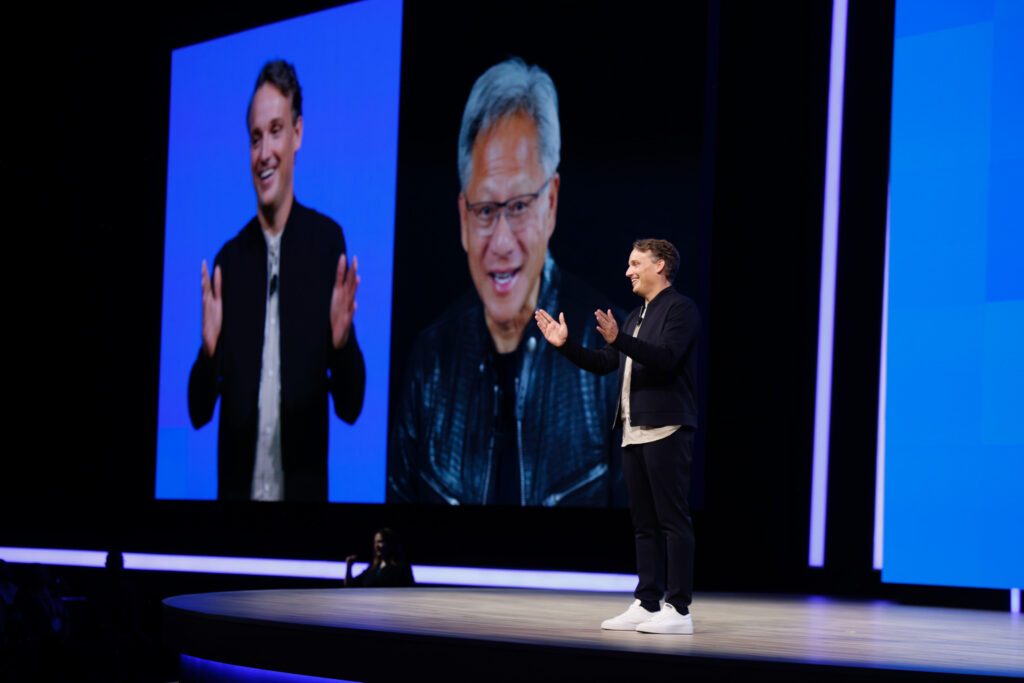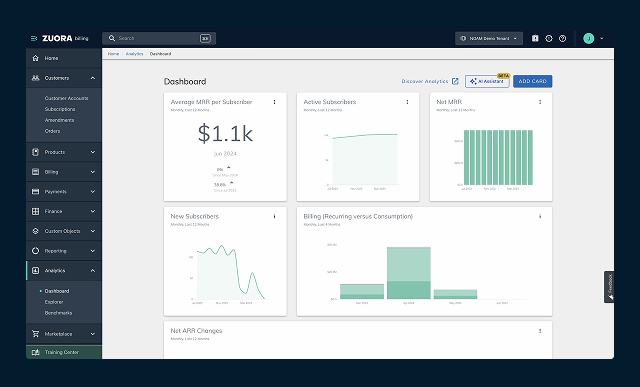Enterprise technology is trend-based. Go to any IT trade conference some five years ago and no vendor worth their salt would be able to deliver a platform upgrade or update without talking up Robotic Process Automation (RPA) and all manner of bots and autonomous automation.
That trend pervades, whether that’s good news of not.
A year ago the key themes might have been process automation, kernel-level development, Infrastructure-as-Code (IaC) and platform engineering. Actually, come to think of it, all those trends and still now front and center. So that’s good news too, probably.
If there are key trends bubbling upwards right now, we would (of course) have to include generative Artificial Intelligence (AI) and the use of Large Language Models (LLMs) and the rise of vector-based data classification and data analytics.
So what happens when these two things happen concurrently? You get a no-code application platform provider collaborating with a vector-based database provider to demonstrate a state-of-the-art generative AI automation stack, clearly.
Hello caller, is that telco-grade?
EnterpriseWeb, a New York-based software company that offers an application platform for digital business transformation has unveiled the first telco-grade demonstration of generative AI for network service orchestration. The company, which has been lauded as a pioneer in telecom virtualization/automation and has partnered with KX to embrace its high-performance time series database and real-time analytics for this generative AI automation stack.
“Generative AI has captured the public’s imagination with its human-centered interfaces (text and voice) and its advanced conversational capabilities that make the power of AI accessible to lay people. There is a race already underway to extend generative AI use-cases and capabilities to virtually all aspects of human endeavor, including the large market for business productivity and automation solutions,” notes KX, in a technical backgrounder document.
While generative AI has already spawned much experimentation, most demonstrations are focused on the technology’s ability to generate outputs – text, music, art and even software code templates – as guided by human prompts. These outputs are impressive enough, but are generally understood to be ‘first drafts’, often with varying degrees of errors and omissions, such as an entry-level assistant might provide.
Basic if-this-then-that (IFTTT)
Early automation demonstrations tend to demonstrate simple if-this-then-that (IFTTT) style capabilities lacking reference to security, governance and compliance concerns. Complex enterprise and industrial systems have a far higher standard to safely automate processes with complex use-case requirements, organizational policies and industry regulations, which require deep domain-specific knowledge and rules.
EnterpriseWeb’s no-code platform was designed specifically to allow software engineers to design, deploy and manage dynamic, data-driven applications. It features a graph knowledge base, which provides domain context, configuration and control for stateless middleware functions providing intelligent back-end services for developers.
Now, with the advent of generative AI, the company can expose its declarative interfaces to developers and AI for collaborative design, deployment and management of next-generation business and infrastructure applications. EnterpriseWeb’s integrated with partners Microsoft and KX is said to advance the state-of-the-art point that we are at with these technologies – it does this by providing the necessary domain-specific context and constraints to enable telco-grade service orchestration.
According to KX, “The demo, now available on YouTube, presents a customer interactively composing a network service in a natural language conversation with publicly available generative AI tools and services, specifically Microsoft Corporation’s Jarvis project for a natural language programming interface (NLP) and a foundational model from OpenAI, the AI research and deployment company.”
kdb+ vector-based time-series database
KX’s vector-based, time-series database, kdb+ acts as an intermediary between Microsoft’s generative AI and EnterpriseWeb’s automation capabilities.
This design provides an architectural separation-of-concerns between the two technologies, which serves as an important security and IP boundary. As the intermediary, KX also translates between a developer’s unstructured natural language requests and the structured, rules-based logic of EnterpriseWeb’s graph domain model.
EnterpriseWeb interprets queries and commands using the graph to identify relevant relationships to known business concepts, types and policies. It allows the developer to speak in an informal short-hand, with the platform runtime handling the implementation complexity.
Once the developer has configured the network service they can place an order directly through EnterpriseWeb or a front-end like Microsoft’s PowerApps. In either case, EnterpriseWeb provides the back-end to automate the deployment and configuration of the service. The platform’s run-time takes responsibility for enforcing system controls, IT governance and business compliance, which act as guardrails for safe systems behavior. Post-instantiation, KX observes the network service and reports events to EnterpriseWeb for closed-loop autonomic management (i.e., self-scaling, self-healing, self-optimizing).
Collectively, Microsoft, KX and EnterpriseWeb says they are providing an integrated best-of-breed generative AI stack for a transformative telco-grade automation solution.




